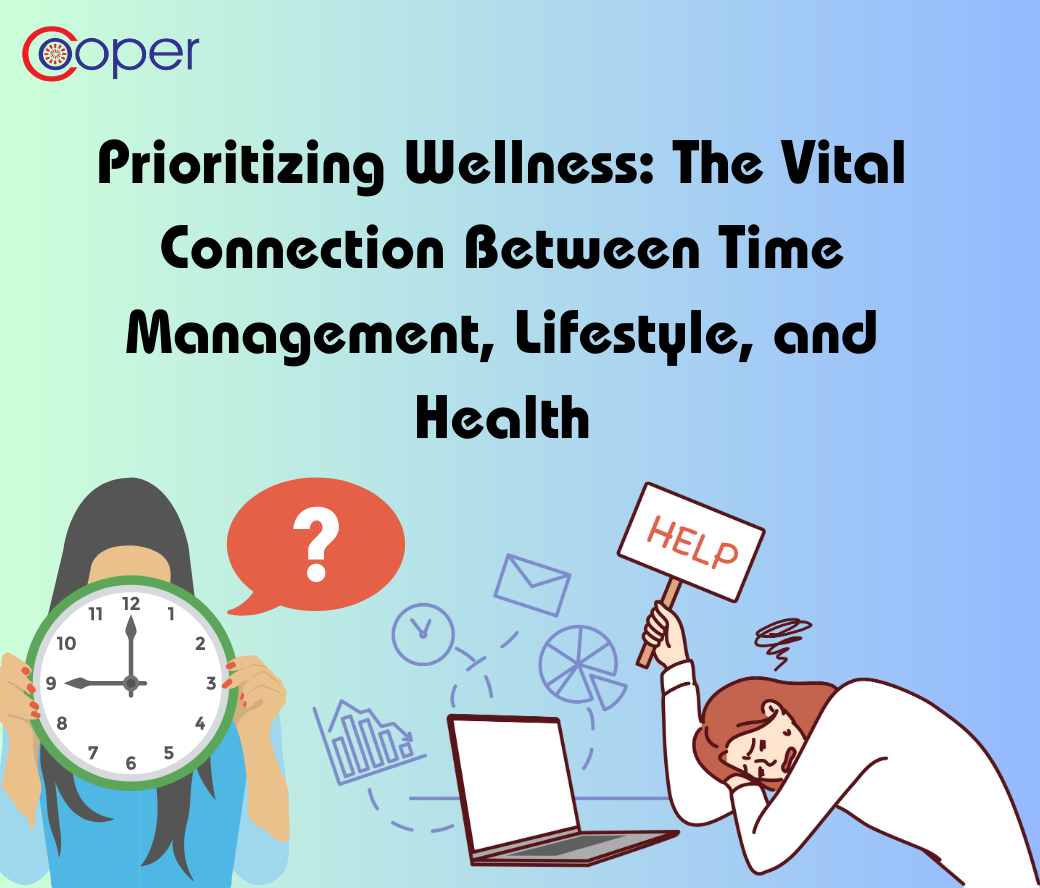Prioritizing Physical Health: A Guide to Preventing Repetitive Strain Injury
Recent Blog

Prioritizing Physical Health: A Guide to Preventing Repetitive Strain Injury
Date:- 2023-02-28 07:32:26
What is Repetitive Strain Injury (RSI)?
Repetitive Strain Injury (RSI) is a type of injury that occurs when a person performs the same motion repeatedly over an extended period. RSI can affect many different parts of the body, including the hands, wrists, arms, shoulders, neck, and back. It is commonly associated with activities such as typing, playing musical instruments, using power tools, and carrying out assembly-line work. Symptoms of RSI can include pain, stiffness, numbness, tingling, weakness, and swelling.
Heading: International Repetitive Strain Injury Awareness Day
International Repetitive Strain Injury Awareness Day is observed on February 28th each year. This day aims to raise awareness of RSI and its impact on people's lives. It also serves as an opportunity to promote strategies for preventing and treating RSI, such as ergonomic design, proper posture, stretching exercises, and rest breaks.
Heading: Understanding the Causes of RSI
RSI is caused by repetitive motions that place strain on the body's muscles, tendons, and nerves. The condition can also be worsened by poor posture, excessive force, and prolonged periods of activity without breaks. Additionally, environmental factors such as cold temperatures and vibration can contribute to the development of RSI. Certain medical conditions, such as arthritis and carpal tunnel syndrome, can also increase a person's risk of developing RSI.
Heading: Preventing RSI
There are several ways to prevent RSI from occurring. These include:
-
Ergonomic Design: Employers can promote ergonomic design in the workplace by providing equipment that is designed to minimize physical strain. This can include adjustable chairs, ergonomic keyboards, and specialized tools for performing repetitive tasks.
-
Proper Posture: Maintaining good posture while working can help prevent RSI. This involves keeping the shoulders relaxed, elbows bent, and wrists in a neutral position.
-
Stretching Exercises: Regular stretching exercises can help prevent RSI by keeping the body flexible and reducing muscle tension. Stretching should be done before and after working with repetitive motions.
-
Rest Breaks: Taking regular rest breaks can help prevent RSI by allowing the body time to recover from repetitive movements. This can involve taking short breaks every 20-30 minutes and longer breaks every few hours.
Heading: Treating RSI
If RSI does occur, it is important to seek medical attention as soon as possible. Treatment for RSI can involve a combination of strategies, including:
-
Rest: Resting the affected area is often the first step in treating RSI. This may involve taking a break from the activity that caused the injury or modifying the activity to reduce strain.
-
Physical Therapy: Physical therapy can help to strengthen muscles, improve flexibility, and reduce pain and inflammation.
-
Medications: Over-the-counter pain relievers, such as acetaminophen and ibuprofen, can help to reduce pain and inflammation. Prescription medications may also be prescribed for more severe cases.
-
Surgery: In rare cases, surgery may be necessary to treat RSI. This is typically only done when other treatment methods have been unsuccessful.
Heading: Conclusion
International Repetitive Strain Injury Awareness Day is an important reminder of the impact that RSI can have on people's lives. By understanding the causes of RSI and taking steps to prevent and treat it, we can help to reduce the risk of injury and promote a safer, healthier workplace. Remember to prioritize your physical health and take breaks when needed to avoid overuse injuries like RSI.



















.png)


